Subscribe to our newsletter to find out about all the news and promotions, and automatically receive a welcome discount coupon in your email.
Very interesting article!
Pedaling, that so closely linked to cycling, becomes an almost unconscious movement, but not for that reason impossible to improve ...
- Between 1 and 5
It is the band in which we apply the greatest force, but contrary to what we think, the good pedaler does not push the pedal down only. To get the maximum benefit from this band, you must combine 3 force vectors and pay special attention to the muscles involved in pedaling.
Ahead: Use your quads to push the pedal forward until you reach 3 o'clock.
Down: The quadriceps leave their work to the glutes, which push down with great power during the course.
Back: Use the calves to extend the foot and begin to overcome the dead center of the pedal (located at 6 o'clock).
– Between 5 and 7
This is a transit position, but it is the area that can make the difference. Correctly applying force in this area will help the other leg to start its journey with more inertia. You can't push down, you'll waste your strength, push back.
Behind: Use your hamstrings, and by raising your ankle so that your fingers "drag" the axis, you will be able to exert force in the same direction as the pedal.
– Between 7 and 10
It is a support zone, where the opposite leg commands (which is between 1 and 5 o'clock, the area where the greatest force is applied). In this zone, there will be two force vectors.
Behind: Keep pulling back with your hamstrings, you will not be able to make a lot of force (more does the quadriceps of the opposite leg) but you will notice how the pedaling speeds up, which will result in a rounder pedaling.
Above: Once past 9, use your hip flexors to push up on the pedal. As in the previous step, you will not notice a great contribution of power (the gluteus of the other leg is in action), but you will see its contribution to achieving fluid pedaling. Lifting your toes will help you bring your foot to the highest position in the pedaling zone.
- Between 10 and 1
This position is like the pitcher for a road team. His mission is to prepare the attack of the one behind him. If we make good use of this area, the next one will start with a good inertia.
Forward: Thanks to the hip flexors, we continue the previous movement until we exceed 12. From this point we can start the push with the quadriceps. Lowering the heel to the height of the pedal axis will help us to execute this gesture.
And as for the cadence?
- What is better?
Well, like everything in life, it depends on the situation. Regardless of the cadence in technical areas or areas with low traction (where pedaling with a low cadence), pedaling slowly is a symptom of a worse physical condition, a less efficient way of pedaling, but with greater cardiovascular effort.
When we are weaker or "stuck", it is more effective to move more development (mainly muscular work), than to increase the pedaling cadence, which would raise the heart rate even though the development is smoother. By improving physical fitness we will appreciate the benefits of vigorous pedaling, with a cadence around 70-80 revolutions per minute, reducing muscular effort and allowing us to cover more kilometers and in less time.
– The technical areas
Apart from the usual pedaling, there are areas that require us to vary the cadence in order to ensure traction, improve balance, etc.
High cadence: In very technical areas and going at low speed on the flat or uphill, the high cadence will prevent us from losing our balance and we will be able to react faster to unforeseen events, such as changing the line, overcoming a step or accelerating to quickly face a rocky section. Remember the last time you put your foot in the water while crossing a river or when you were stuck climbing a dirt track because you couldn't avoid a prominent root. This probably happened to you because when you were stuck, you couldn't exert more force with your legs to give the decisive pedal stroke that would get you out of that compromising situation, or to be able to stop and restart with agility.
Low cadence: Having development is essential to have traction, whether climbing on terrain that offers little traction, when we pedal standing on the pedals or when cornering at high speed (whether on the flat or downhill). The traction of the rear wheel is essential to "hold on" to the line and not lose the trajectory. The same thing happens when you are driving and when cornering you downshift. If you leave the car in neutral, you will not have traction to grip you and not going off the road will depend entirely on the tires. Furthermore, at the exit of the curve you will lose a lot of time because you do not have the development to exit it with strength and speed.
Other entries that they may interest you.
42K · All rights reserved
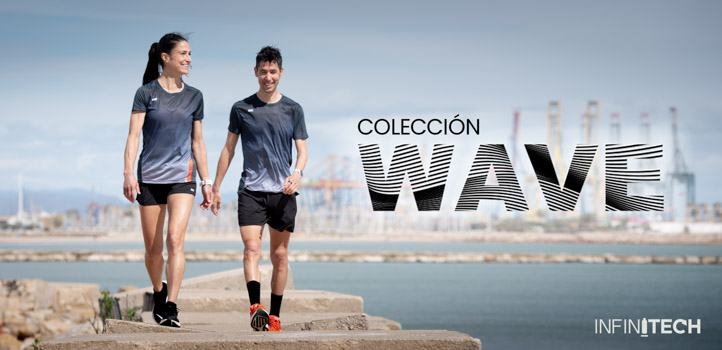
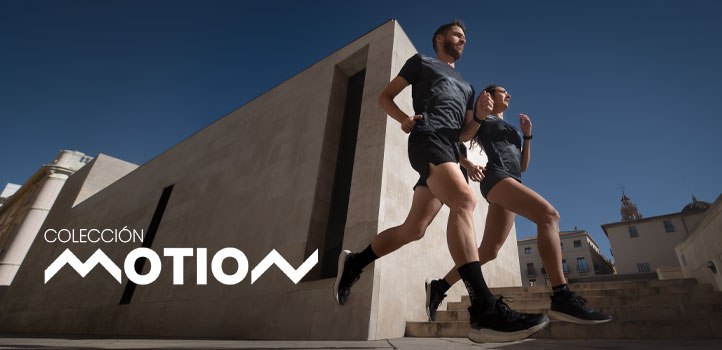

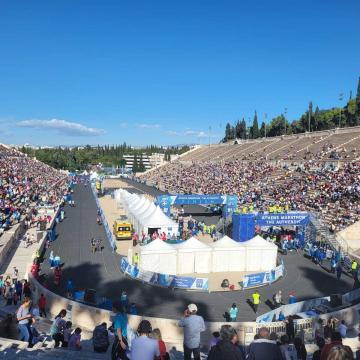


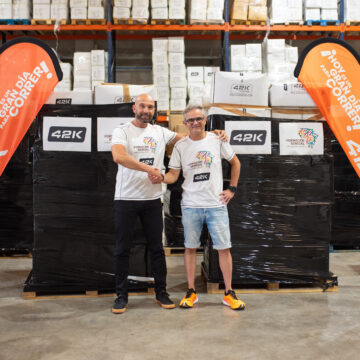
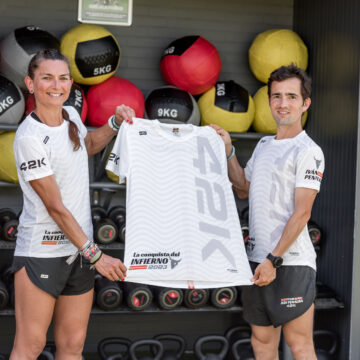


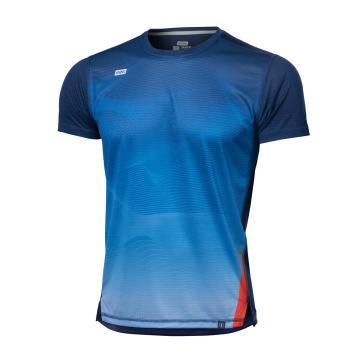
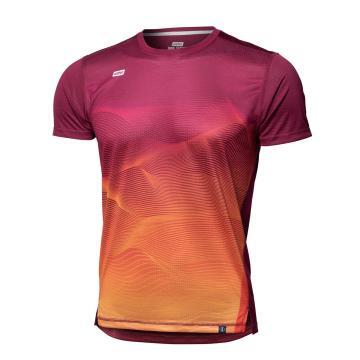
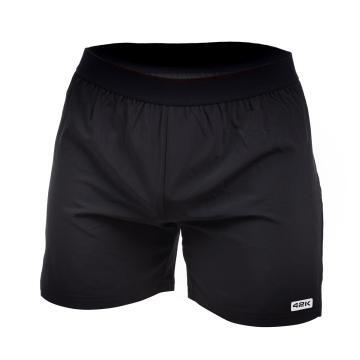
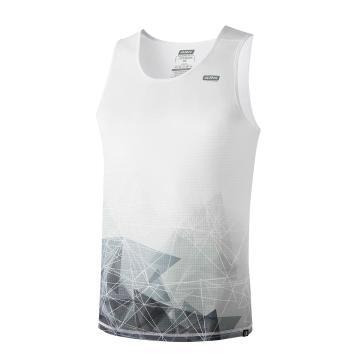
Comments
Post a first comment for this entry!